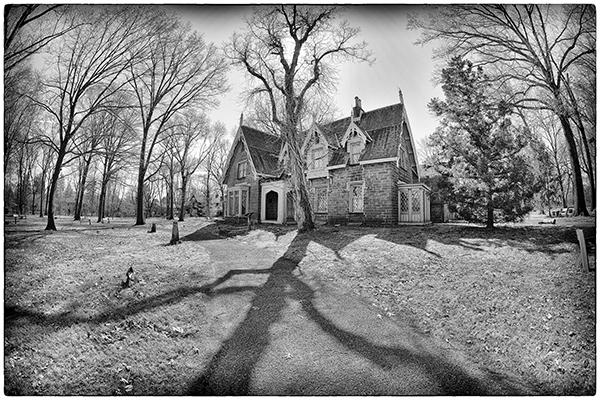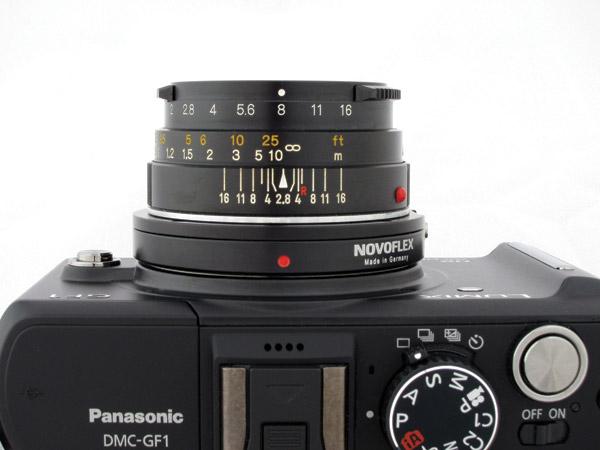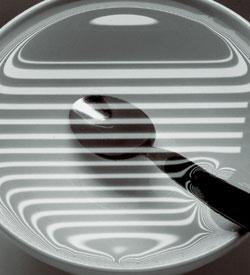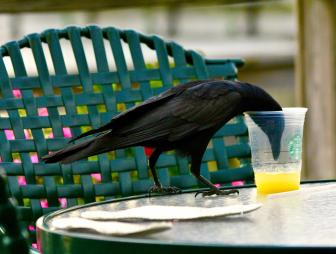Lens Tips
Sort By: Post Date TitlePublish Date
|
Jul 12, 2024 |
|
Jun 05, 2024 |
|
May 10, 2024 |
|
Mar 18, 2024 |
|
Nov 04, 2022 |
|
Jul 01, 2022 |
|
Dec 24, 2021 |
|
Apr 02, 2021 |
|
Jun 27, 2019 |
|
Mar 17, 2017 |
|
Oct 26, 2015 |
|
Feb 17, 2012 |
First Published: Jan 01, 2012 |
















